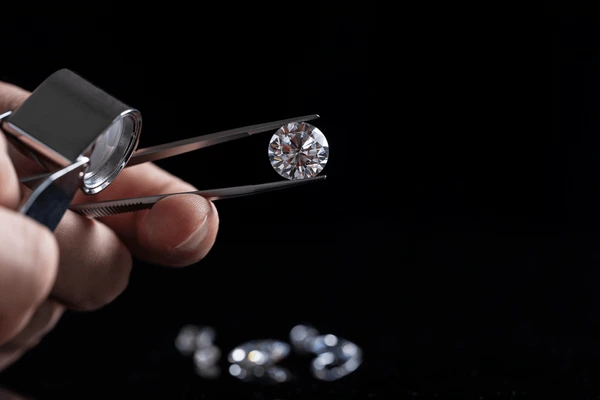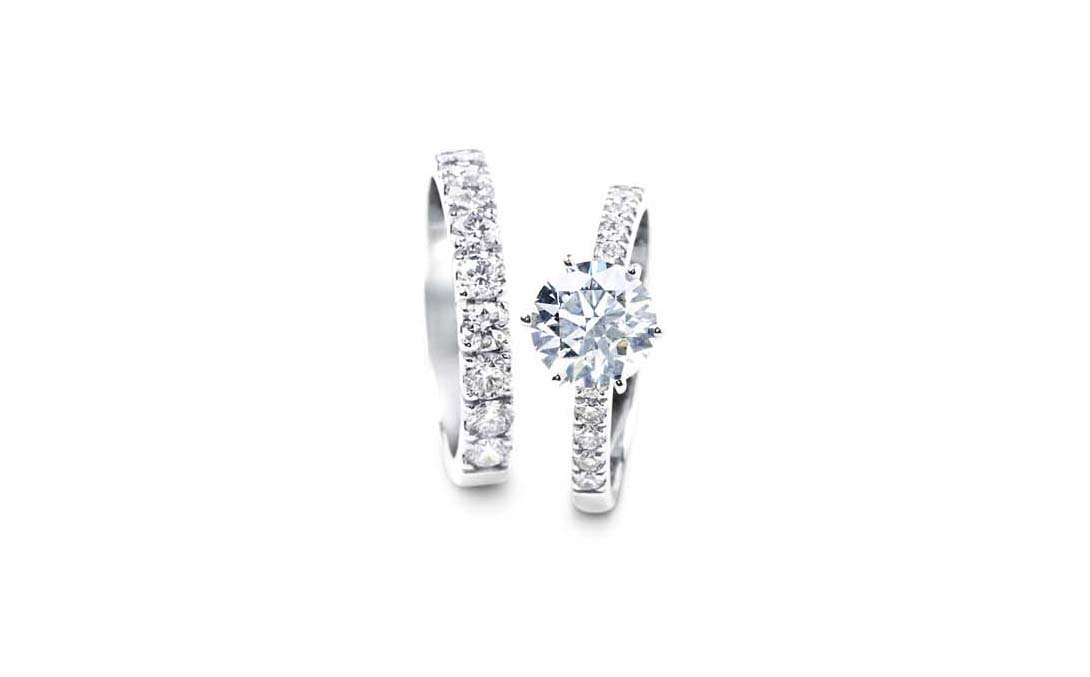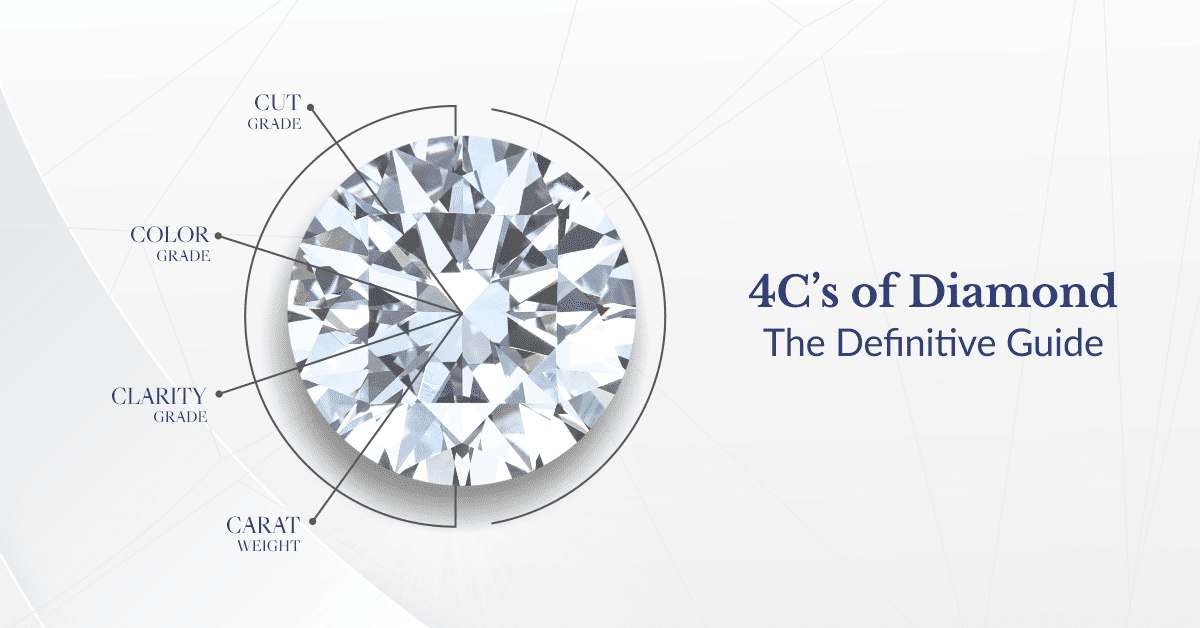Understanding Laboratory-Grown Diamonds: How They Differ from Natural Diamonds
Diamonds have long been cherished for their unmatched brilliance, durability, and timeless appeal. Today, thanks to advancements in technology, we have two distinct types of diamonds available in the market: natural diamonds and laboratory-grown diamonds. While both are genuine diamonds, their origins and creation processes set them apart. This blog will explore what laboratory-grown diamonds are and how they differ from their natural counterparts.
What Are Laboratory-Grown Diamonds?
Laboratory-grown diamonds, also known as synthetic or lab-created diamonds, are diamonds that are created using advanced technological processes within controlled environments. These diamonds possess the same physical, chemical, and optical properties as natural diamonds.
There are two primary methods used to create laboratory-grown diamonds:
High Pressure, High Temperature (HPHT): This process mimics the natural conditions under which diamonds form in the Earth’s mantle. Carbon is subjected to intense pressure and high temperatures to create a diamond crystal.
Chemical Vapor Deposition (CVD): In this method, a carbon-rich gas is introduced into a chamber where carbon atoms are deposited onto a substrate, gradually building up layers of diamond.
Both processes produce high-quality diamonds that are virtually indistinguishable from natural ones, even by experts, unless advanced testing is conducted.
Key Differences Between Laboratory-Grown Diamonds and Natural Diamonds
Origin
- Natural Diamonds: Formed over billions of years deep within the Earth’s mantle under extreme heat and pressure. These diamonds are brought to the surface through volcanic eruptions and then mined from the Earth.
- Laboratory-Grown Diamonds: Created in a lab over a matter of weeks or months using controlled conditions that simulate the natural diamond-growing process.
Price
- Natural Diamonds: Due to their rarity and the costs associated with mining, natural diamonds typically come with a higher price tag.
- Laboratory-Grown Diamonds: Lab diamonds are generally 20-40% less expensive than natural diamonds of similar quality. Their more affordable price makes them an attractive option for budget-conscious consumers.
Environmental and Ethical Impact
- Natural Diamonds: Mining for natural diamonds can have significant environmental impacts, including habitat destruction and carbon emissions. Additionally, concerns over “conflict diamonds” or “blood diamonds” have raised ethical issues within the diamond trade.
- Laboratory-Grown Diamonds: Lab-grown diamonds are often seen as a more sustainable option since they require fewer resources and have a smaller environmental footprint. Furthermore, they do not carry the same ethical concerns regarding conflict zones.
Visual and Physical Properties
- Natural Diamonds and Lab-Grown Diamonds: Both are visually identical, with the same sparkle, fire, and brilliance. Their physical properties, including hardness (ranking 10 on the Mohs scale), make them indistinguishable to the naked eye. Only specialized equipment can detect the subtle differences in crystal growth patterns.
Rarity and Investment Value
- Natural Diamonds: Owing to their geological origins, natural diamonds are rarer and often seen as a better investment, especially in larger, high-quality stones.
- Laboratory-Grown Diamonds: While they are chemically and physically the same as natural diamonds, lab-grown diamonds are not considered as rare and are thus less likely to appreciate in value over time.
Why Choose Laboratory-Grown Diamonds?
Lab-grown diamonds are an excellent choice for those who want to enjoy the beauty and luxury of diamonds without the higher price tag or environmental concerns. Here are some reasons why lab-grown diamonds are gaining popularity:
- Affordability: You can get a larger or higher-quality diamond for the same budget when choosing lab-grown options.
- Sustainability: Lab-grown diamonds are often marketed as a more eco-friendly choice, making them appealing to environmentally conscious consumers.
- Ethical Considerations: Since lab-grown diamonds are not mined, they offer peace of mind to buyers concerned about the ethical implications of their purchase.
Conclusion
Both natural and laboratory-grown diamonds offer stunning beauty and unparalleled durability. The key differences lie in their origins, price, environmental impact, and long-term value. Whether you choose a natural or lab-grown diamond, the decision ultimately depends on your personal preferences, budget, and values. Lab-grown diamonds are a cutting-edge, ethical alternative that brings the allure of diamonds into the future without sacrificing the qualities that make them so desirable.





